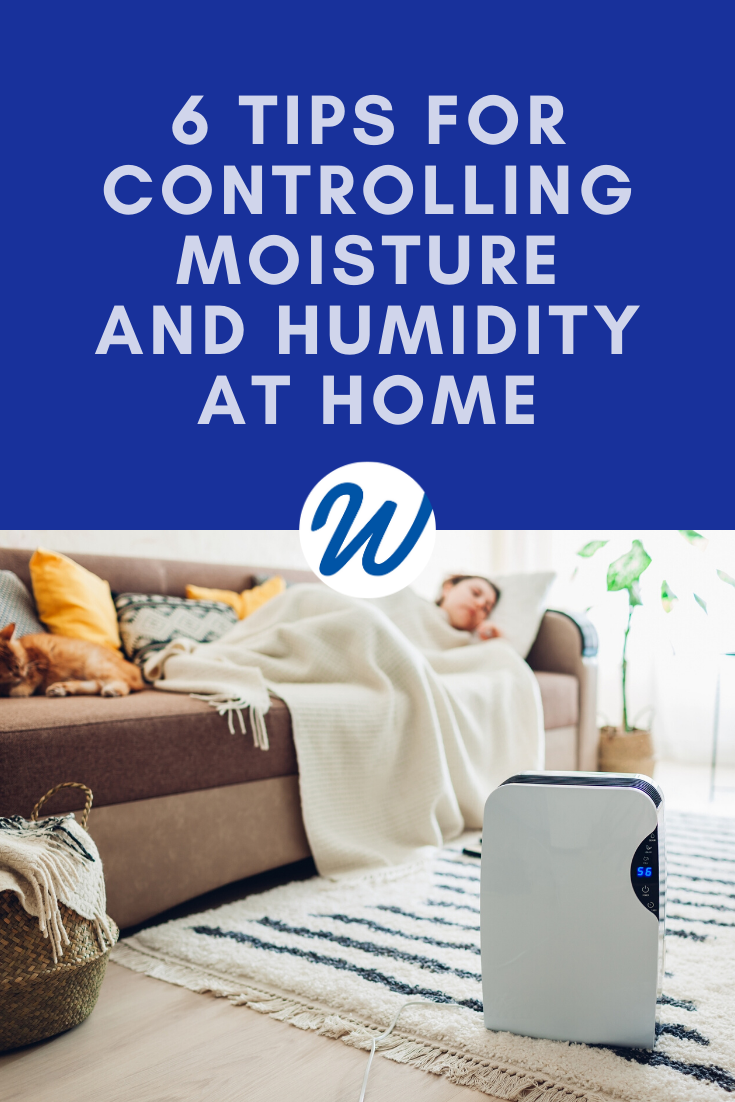6 Tips for Controlling Moisture and Humidity at Home
Ready to get Your New Windows?
Window World offers free in-home consultations! Click below to schedule today!
Get started!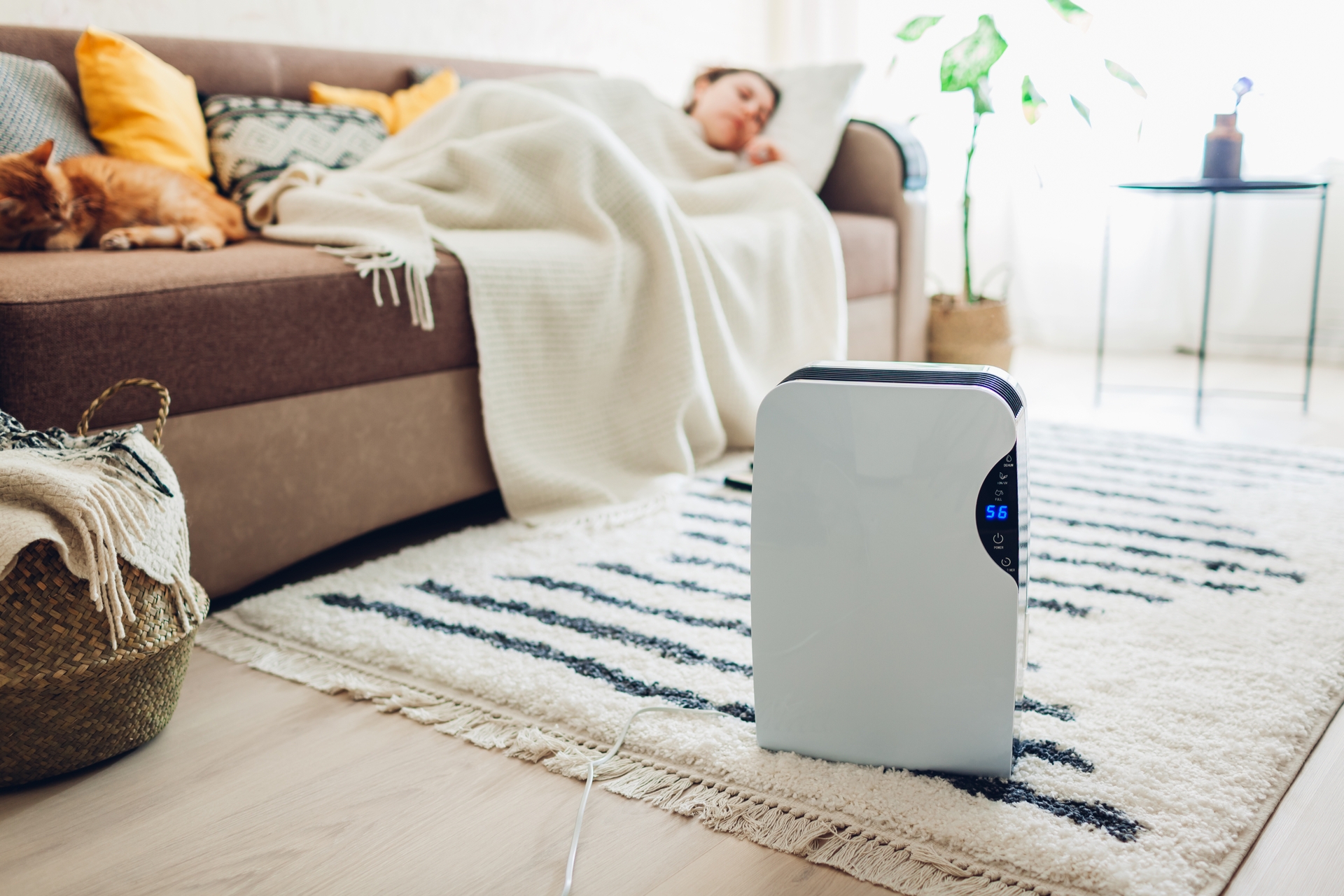
We’ve all experienced the telltale signs of excess moisture in our homes: Foggy windows after a hot shower, damp walls and cabinets while cooking dinner, and the feeling of moist, clammy air inside.
It’s never any fun.
Fortunately, there are many ways to alleviate dampness inside the home. Let’s look at what condensation is, what causes it, and some surefire solutions to controlling it inside the house.
What is condensation?

The USGS tells us that condensation is “the process by which water vapor in the air is changed into liquid water.” But you probably know it better by that damp feeling in the air and the appearance of water droplets on your windows and walls.
If you’ve ever worn glasses as you’ve gone from a cool, air-conditioned room to the hot summer air outside, you’ve probably experienced condensation forming right before your eyes. When the warm, humid air hits the cold glass, droplets begin to form on the surface. This is condensation in action. And while it’s neat for a quick science experiment, it can be a nuisance at home.
What causes condensation?
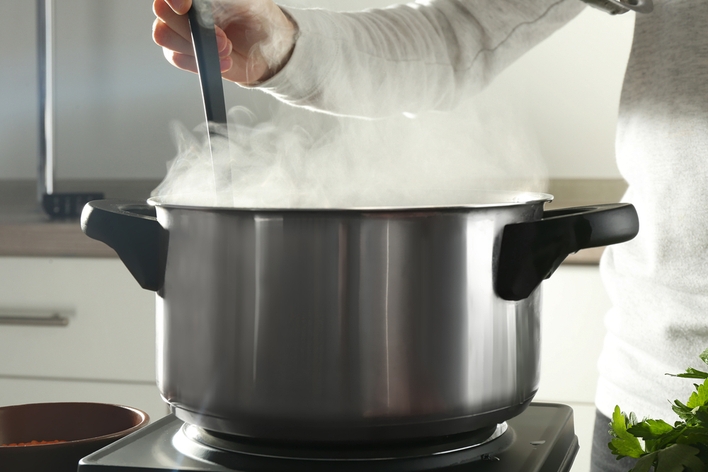
Seasonal effects
Our homes absorb moisture during the summer. Then, we usually close our windows in the cooler months to seal it off from outside air. When the heat is on, our homes perspire, creating excess moisture inside. After the first few weeks of using the heat, your home should dry out, reducing, if not eliminating, any condensation.
Everyday activities
There are lots of things we do that can create humidity and condensation in the home:
- Cooking or boiling water.
- Taking hot showers.
- Dishwashing, mopping floors, and doing laundry.
- Using a humidifier.
- Using an unflued gas heater.
- Houseplants.
- Normal breathing/perspiration.
I just got new windows. Why am I seeing condensation now?
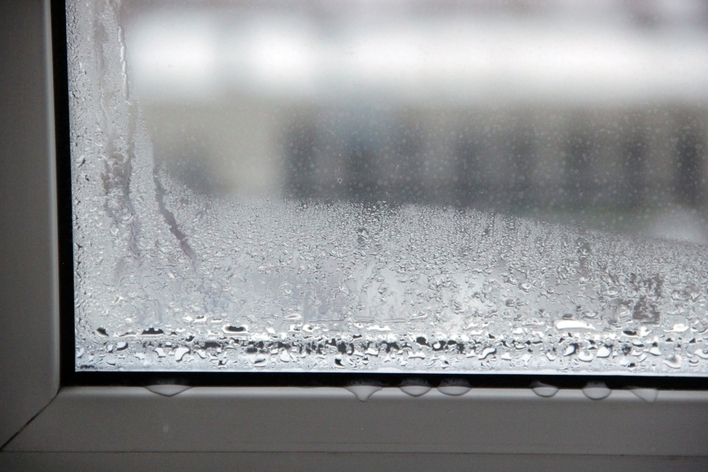
Your old, inefficient windows were allowing the air inside to escape through cracks, holes, or loose construction before you replaced them with newer models.
Now that you have energy-efficient windows, the moist air that was allowed to escape before is held inside. Your new windows are creating a seal against the outside elements that simply wasn’t there before. And now that your home is much more airtight, you’ll need to find new ways to remove that moisture.
How do I control the humidity inside my house?
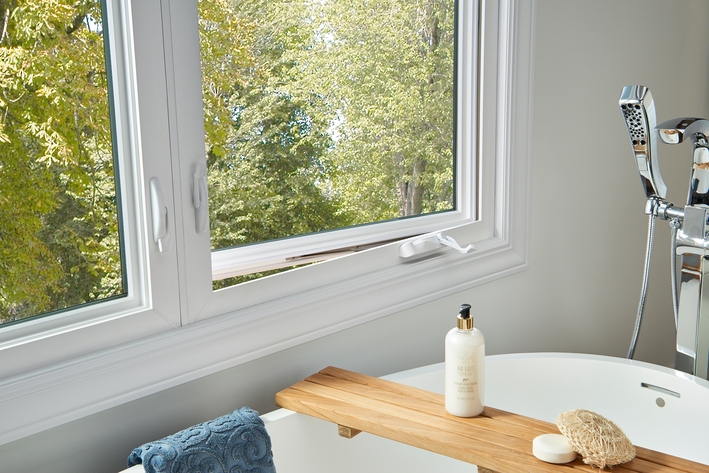
1) Functional Ventilation
Make sure that all sources of ventilation are functional and working properly. This includes exhaust fans on ovens, microwaves, and in bathrooms and laundry rooms. Of course, it’s not only important that they work but also that you use them at the proper times. Be sure to turn on your home’s exhaust fans when doing anything that produces moisture in the air (showering, cooking, doing laundry, etc.).
2) Air it out!
Periodically, open your windows for a few minutes during the day to let out moisture and bring in fresh, dry air without compromising your heating and cooling.
3) Watch the humidifier
If you have a humidifier, check the settings to ensure that you’re using the proper configuration to balance humidity levels indoors. It’s important to watch the outside temperature when doing this. HVAC.com recommends a humidity level between 30 and 50 percent, depending on outdoor temps.
4) Open all louvers and vents
Most basements and attics have some form of louver system to help ventilate the space. Ensure that they’re all open and in good working order. Birds and other small animals can build nests inside your louvered vents throughout the year, so it pays to inspect them at the beginning of every season.
Bonus Tip: You can occasionally open your fireplace dampers to provide even more opportunities for moisture to escape.
5) Consolidate your plants
If you have a lot of houseplants, try to concentrate them in one area of the house. Additionally, do your best not to overwater. Any excess moisture present will add to the indoor humidity.
6) Additional condensation variables
While the biggest offenders of an overly damp interior are listed above, other factors can come into play. If you’ve tried everything you can think of to alleviate excess moisture in the house but are still finding condensation, it might be time to look a bit outside the box.
The number of windows in your home, the type of heating system you have, and the insulation and vapor barrier between your walls can affect the condensation levels. If you find that none of the remedies we’ve suggested are making an impact, it may be time to contact a licensed HVAC professional to discuss other solutions.
We hope these suggestions for removing excess moisture from your home will help. Check out this video for additional information and tips. And if you find that your windows can no longer form a proper seal against the elements outside, perhaps it’s time to think about new replacement windows for your home.
When you’re ready to discuss your options, one of our expert design consultants is available to help guide you through the process. Virtual and in-home consultations are available, and quotes for your project are always 100% free.


